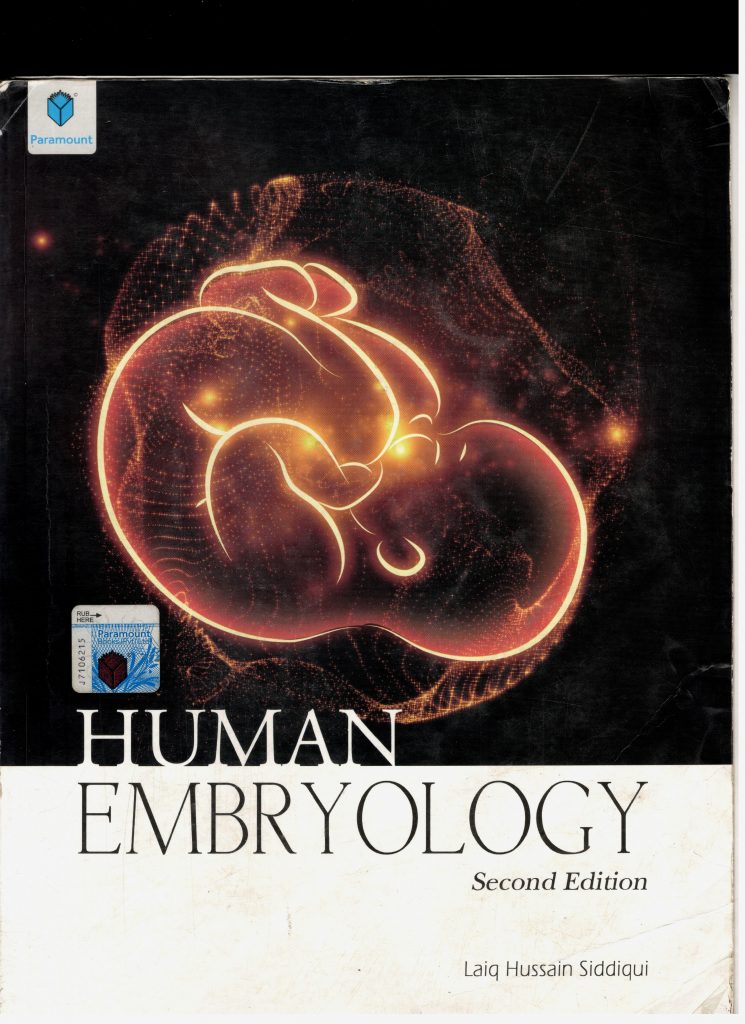
PREFACE T0 THE SECOND EDITION
The first edition of Human Embryology was published as two separate volumes (Volume-I for General Embryology and Volume-II for Special Embryology). In the present edition the format has been changed, so that General Embryology and Special Embryology appear as two separate sections in a single book.
This change has been made to enable the readers of Special Embryology to refer back to the early development of various organs and organ systems of the human body.
In the present edition of Human Embryology, two chapters have been added in the General Embryology section of the book. One of these chapters titled “Molecular Basis of Embryonic Development” provides the readers fundamental knowledge about the mechanisms that control the developmental processes at the molecular level. The other chapter titled “Male and Female Reproductive Systems” has been included to provide the beginners a concise knowledge of the macroscopic and microscopic anatomy of various components of the male and female reproductive systems. Without this knowledge, the first year students cannot achieve a proper understanding of many topics discussed in the General Embryology section.
In recent years, the knowledge of molecular regulation of the development has gained considerable importance. Therefore, molecular regulation of the development of various organs/organ systems has been described in a simplified manner to enable the students to acquire an understanding of this new but fastly growing field of knowledge. Students are advised that, to understand the molecular regulation of the development of various organs in the section-ll, they should frequently refer back to the basic information provided in the chapter 3 (Molecular Basis of Embryonic Development), which is included in the Section-I of this book.
Following the pattern adopted in other books written by me, I have used the British spelling for the general English, whereas American spelling has been employed for the medical and technical terminology.
Multan — September, 2011 Laiq Hussain Siddiqui
[email protected]

